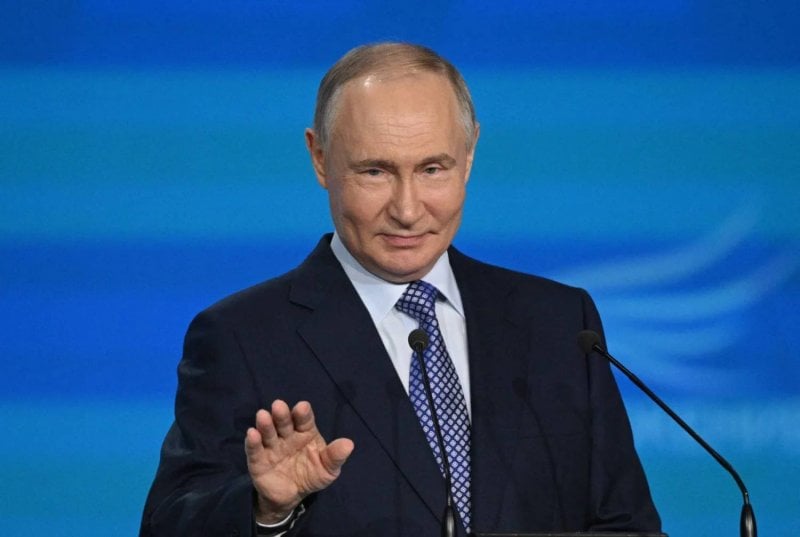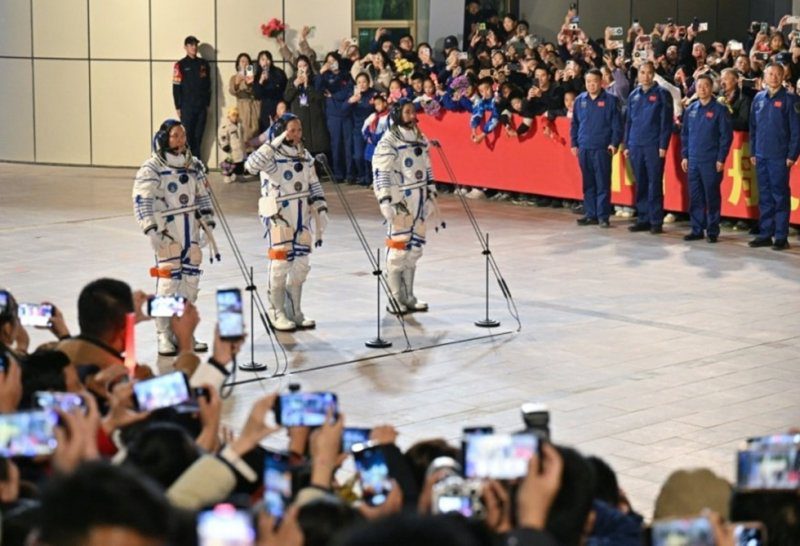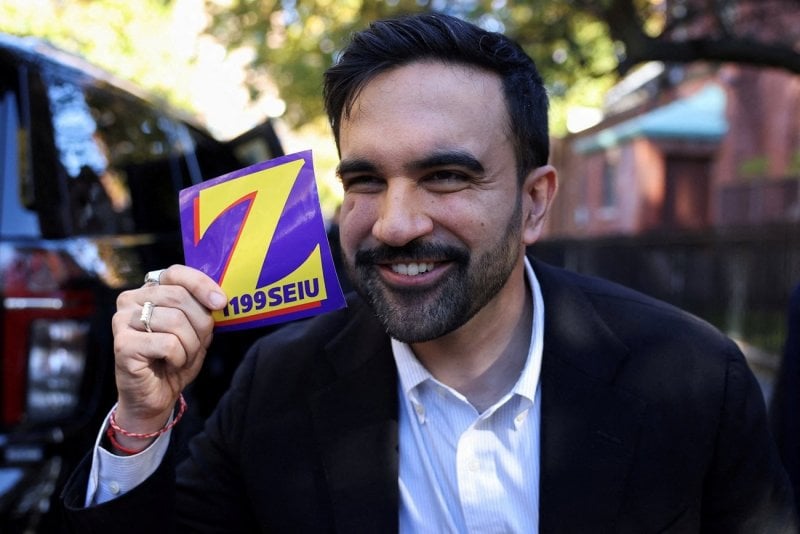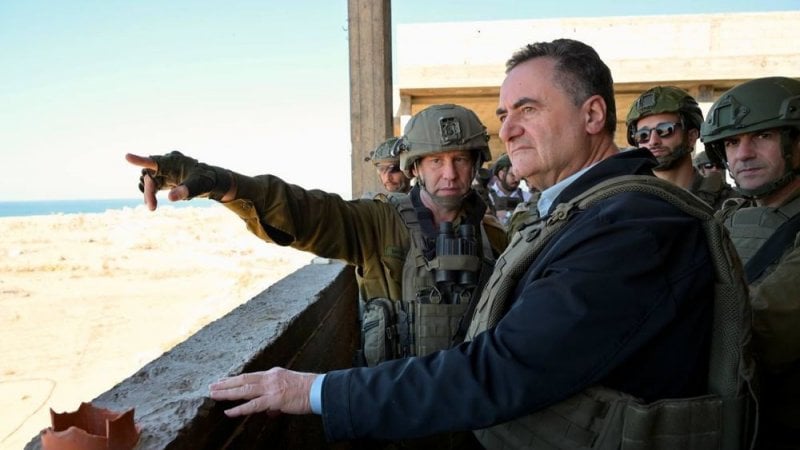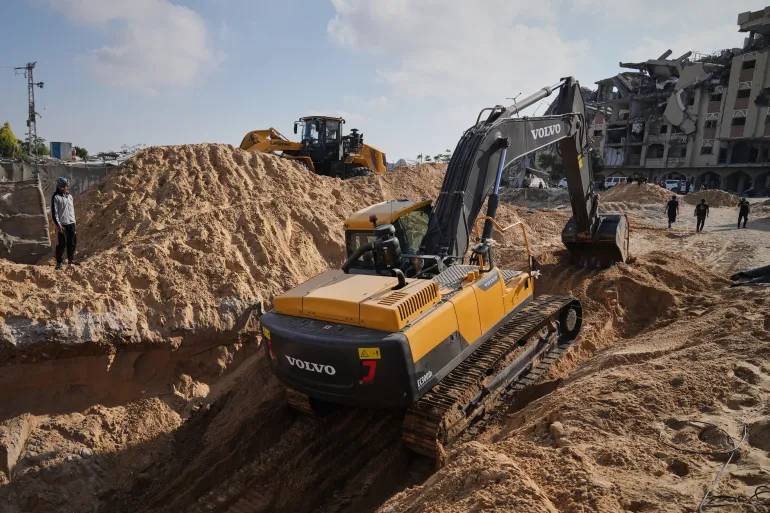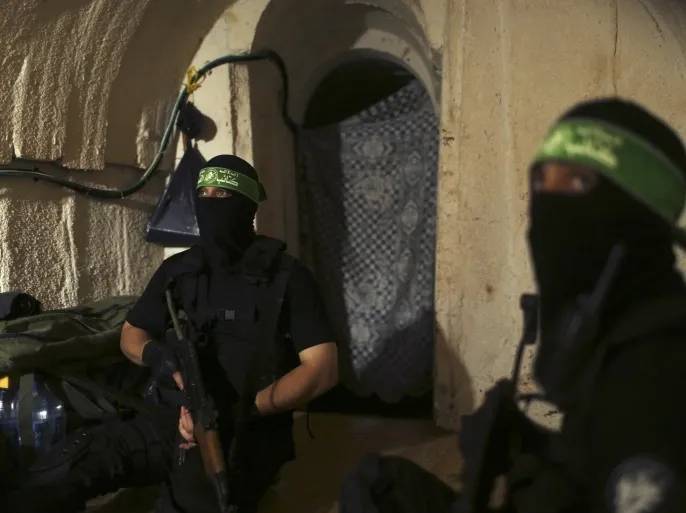
The channel quoted US officials as saying that Washington considers these militants “a source of tension and a threat to a ceasefire agreement,” and seeks to remove this “security mine” through a limited settlement that allows the end of the armed presence inside the tunnels without renewed military operations.
The officials added that the Trump administration informed Israel that this proposal could serve as a “pilot project” for the disarmament of Hamas in Gaza, to be expanded later to include other areas in the Strip, as part of a broader plan aimed at dismantling the movement’s military capabilities.
This proposal coincides with increasing Israeli interest in the tunnel file in Rafah, with Israeli Defense Minister Yoav Gallant describing this front as “the backbone of Hamas’ military capabilities.”
More than two years after the bloody confrontations, Tel Aviv placed the tunnel file at the top of its military priorities, considering that controlling what it calls the “yellow zone” in Rafah is the key to ending the future threat from the Strip.
In recent statements, Gallant said that “60 percent of Hamas’ tunnels are still standing,” stressing that the “disarmament of Gaza” is not limited to confiscating weapons but includes “the complete elimination of the tunnel network,” noting that he directed the army to make this file a central priority in the ongoing operations.
Israeli estimates indicate that the Hamas tunnel network consists of about 1,300 tunnels, with a total length of about 500 kilometers, and some reaching a depth of 70 meters underground, making their destruction a complex operation requiring advanced technologies.
According to Israeli military reports, the army used booby-trapped robots and advanced sensors to penetrate the subsoil during its recent operations, in addition to air surveillance systems supported by artificial intelligence to draw an accurate map of the tunnels.
The Italian website “Inside Over” revealed that Israel used multi-layered sensing technologies specifically developed to explore the soil layers in Gaza, as part of a joint technological project between the Ministry of Defense and specialized security companies.



